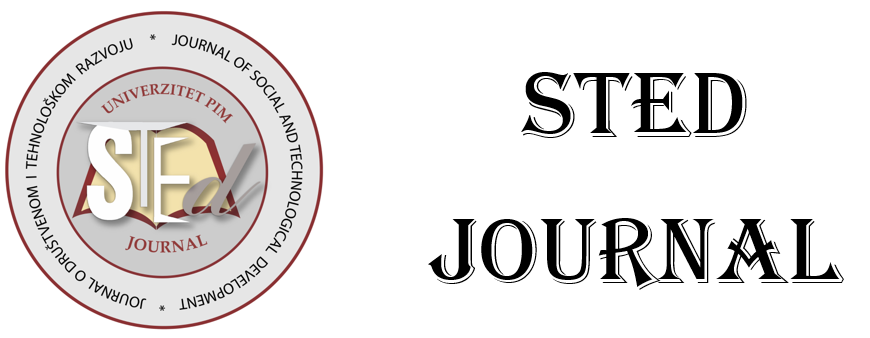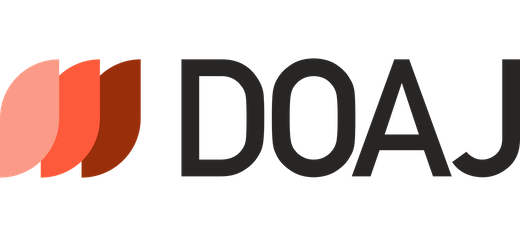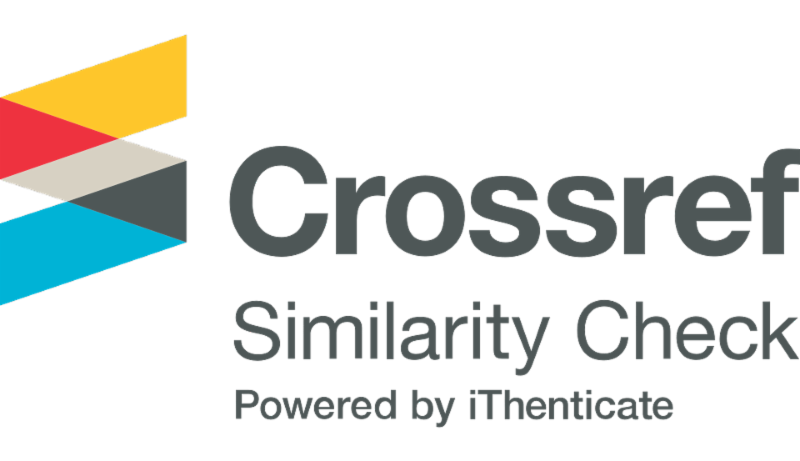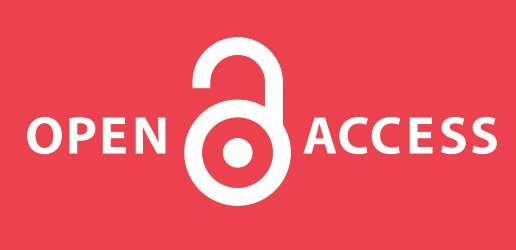Current issue

Volume 7, Issue 2, 2025
Online ISSN: 2637-2614
ISSN: 2637-2150
Volume 7 , Issue 2, (2025)
Published: 28.11.2025.
Open Access
All issues
Contents
30.05.2022.
Scientific review
COLLABORATION IN DISASTER RISK REDUCTION OF MOUNT MERAPI IN SLEMAN
The main focus of disaster management is currently on disaster risk reduction activities. Mount Merapi in Indonesia is one of the most active volcanoes in the world with a four-year eruption cycle. The local government of the Sleman Regency has made several efforts to reduce the risk of impacts from the eruption of Mount Merapi. These efforts involve various elements in society. The purpose of this research is to identify the efforts made by the Sleman Regency Government in reducing the risk of the eruption of Mount Merapi and the factors that influence it. This research uses descriptive qualitative research methods with informants coming from the government, volunteers and the community. The findings of this study are the activity of risk reduction of eruption Merapi Mount in Sleman consists of physical and non-physical mitigation. Physical mitigation includes the construction of the Merapi Sabodam, construction of the Early Warning System, determination of evacuation routes and construction of refugee shelters. Non-physical mitigation includes the preparation of a contingency plan for the eruption of Mount Merapi, the formation of Destana (Disaster Resilient Village), the sister village and sister school program, the establishment of a disaster safe education unit, the establishment of the Operational Unit and the Implementing Unit for disaster management. The program is run by the government along with non-state actors to be affected by the starting conditions of each party, ability to combine the resources owned by each party, to shared information and commitment to a common purpose.
Muhammad Mustofa, Sri Suwitri, Endang Larasati, Tri Yuniningsih
30.05.2022.
Professional paper
COLLABORATIVE GOVERNANCE IN MOBILIZING VILAGE-OWNED ENTERPRISES (BUMDes) DURING COVID-19 PANDEMIC IN INDONESIA
Village – Owned Enterprises (BUMDes) was developed to increase the village revenue and drive the people’s economy through resource and village asset management. The existence of BUMDes is expected to improve village potential and become a pillar of the community’s economy. Not only oriented on increasing the village local revenue, but BUMDes must also have a social mission to help the villagers, especially during the COVID-19 pandemic. The study method employed was descriptive qualitative, and the data were collected through interviews, observations, and documentation. Informants were selected through purposive sampling out of the various parties related to BUMDes in the Polanharjo Sub-district, Klaten District. The results of the study showed that the mass development of BUMDes as a top-down policy without any consideration of the local potential of each village has caused a lack of support from the community and has led to the lack of development of BUMDes, making many lapses into a stasis. However, there are a few BUMDes that were able to develop well, making them a motor for the village economy during the COVID-19 pandemic through their various business enterprises. The BUMDes units that have succeeded to grow and develop are those that could identify the local potentials and resources through various innovations, receive social support through their people’s participation and build partnerships with many parties such as the village government, private sector, and the community in the form of collaborative governance.
Hikmah Nuraini, Sri Suwitri, Hari Susanta










